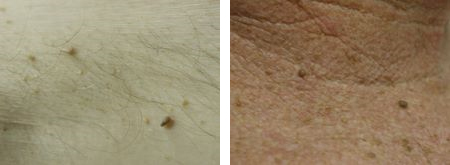Seborrhea, also known as seborrheic dermatitis, is a common chronic inflammatory skin condition that primarily affects areas of the body rich in sebaceous (oil-producing) glands. It manifests as red, scaly, itchy patches and is often associated with dandruff when it occurs on the scalp.
Causes and Risk Factors:
- Overproduction of Sebum: Excessive oil production by sebaceous glands.
- Malassezia Yeast: An overgrowth of this yeast, which naturally lives on the skin, can trigger inflammation.
- Genetic Predisposition: A tendency to develop seborrhea can run in families.
- Environmental Factors: Stress, cold weather, and changes in humidity can exacerbate symptoms.
- Health Conditions: More common in people with certain neurological conditions (e.g., Parkinson’s disease) or immune system disorders (e.g., HIV/AIDS).
Symptoms:
- Scaly Patches: Greasy, yellow or white scales on the skin.
- Redness: Inflamed, red skin in affected areas.
- Itching: Itchy skin that can become quite uncomfortable.
- Affected Areas: Commonly affects the scalp (leading to dandruff), face (especially around the nose, eyebrows, and behind the ears), chest, and other areas with high oil gland concentration.
Diagnosis:
- Clinical Examination: Based on the appearance and location of the symptoms.
- Skin Biopsy: Rarely necessary but can be done to rule out other conditions.
Treatment:
- Medicated Shampoos: Anti-dandruff shampoos containing ingredients like ketoconazole, selenium sulfide, or zinc pyrithione.
- Topical Antifungals: Creams or lotions containing antifungal agents to reduce Malassezia yeast.
- Corticosteroids: Topical steroids to reduce inflammation and itching.
- Calcineurin Inhibitors: Topical medications like tacrolimus or pimecrolimus for sensitive areas such as the face.
- Hygiene and Skincare: Regular cleansing with gentle, non-irritating products.


